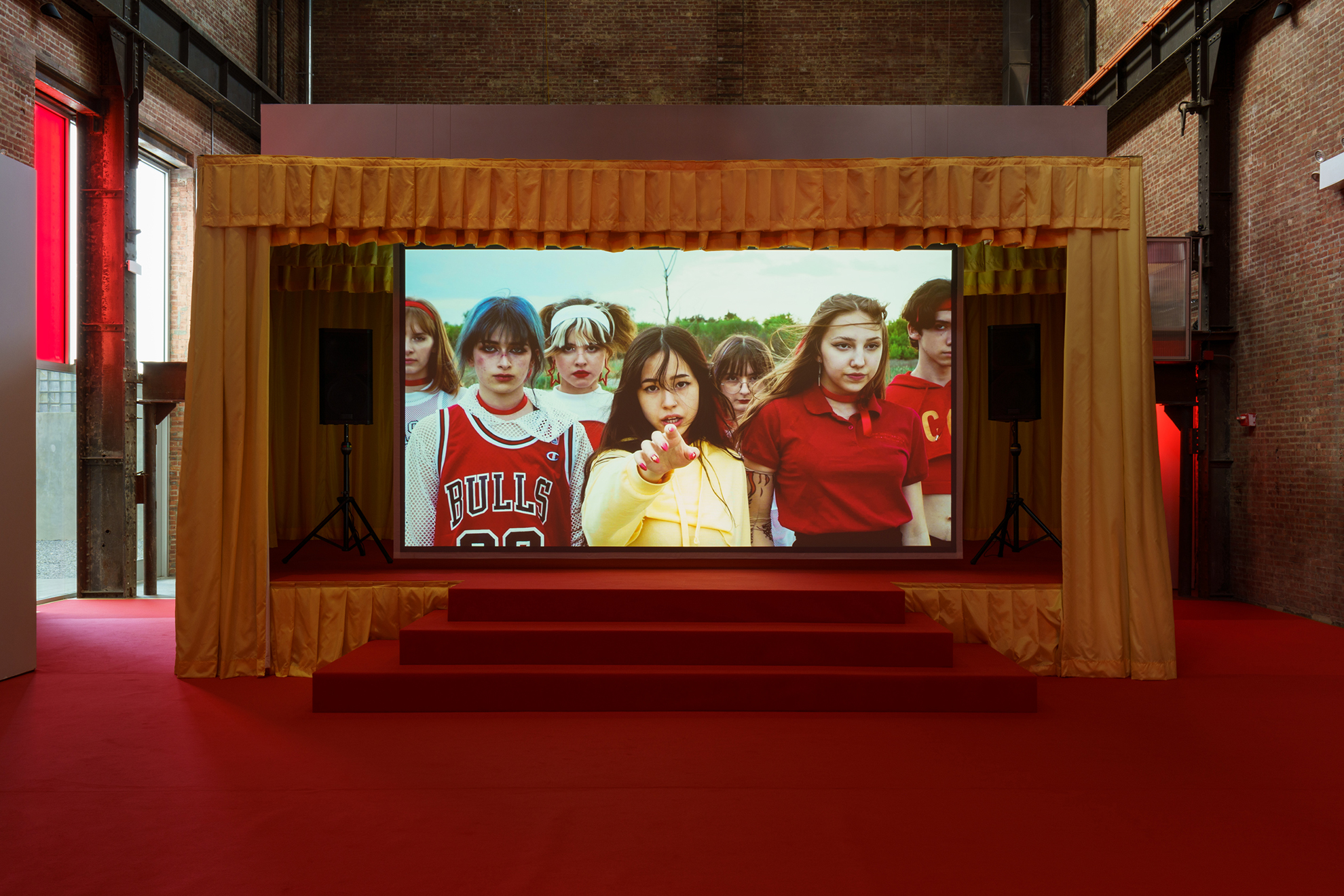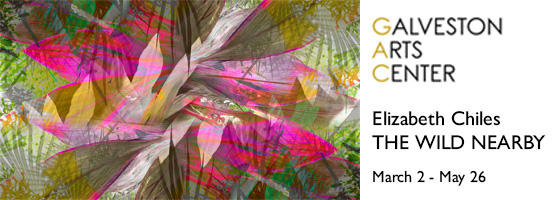“Beauty is a strategy,” Diane Severin Nguyen stated, speaking to the essence of her work. “Most of the time, we view the beautiful as something unconscious, but there’s design at work in everything.”
On view at the Contemporary Arts Museum Houston from Oct. 28 through Feb. 26, 2023, IF REVOLUTION IS A SICKNESS centers around a video of the same name. Nguyen, though, began her artistic exploration with photography, growing into video as she approached her thesis project at Bard.
As a photographer, Nguyen explores the medium itself. “Photography is more about capture, dealing with the impermanent, how images respond to different systems, and where our desire to create images comes from.”
In her photographic work, she hones in on the impermanence of what she’s about to capture, constructing fragile or expiratory tableaus not meant to last much longer than the flash of the shutter. Everything is in motion, and nothing is stable.
She strips the identity of the objects from them, leaving behind a still life that feels familiar as it denies being indexed.
“There’s a barometer in my head,” she explained. “If I abstract the image more through light, it begins to look like a painting, and if the focus is on the object, it makes it too much like a sculpture.”
When she views an image, Nguyen is drawn to the potential of its purpose, sussing out the invisible forces behind our desire to create these images.
Projected into the pomp of a red and yellow stage, IF REVOLUTION IS A SICKNESS (2021) is the focal point of the exhibition.
The video is broken into three chapters, each in a distinct language (Polish, Vietnamese, and English), although it carries notes of revolutionary thought throughout. In the first chapter, muddled musings by revolutionaries provide the backing track as a young girl wakes on the shores of a post-apocalyptic area and begins to wander through.
Moving into the second chapter, she grows into Weronika Nguyen, played by a woman of the same name whom the artist found by searching Instagram coupling a popular Polish name with her own surname. Snippets in Vietnamese play throughout this section as though they were the internal monologue of young Weronika as she pivots from self-doubt to her own agency, stating, “If I don’t become an artist then I will just remain a victim. I must appear to myself as I wish to appear to others.”
The final chapter of the video launches into a music video inspired by Korean pop (K-pop). Weronika finds herself among a group of Polish teens performing a choreographed dance to a song of Nguyen’s writing—penned in collaboration with producer Ryder Bach.
Compared to her photographic work, there’s a distinct shift in her approach.

1 ⁄8
Diane Severin Nguyen: IF REVOLUTION IS A SICKNESS, installation view, SculptureCenter, New York, 2021. Photo: Charles Benton.
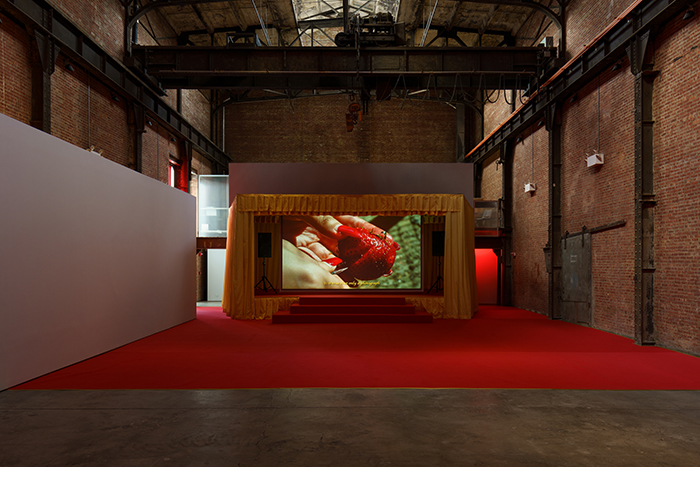
2 ⁄8
Diane Severin Nguyen: IF REVOLUTION IS A SICKNESS, installation view, SculptureCenter, New York, 2021. Photo: Charles Benton.
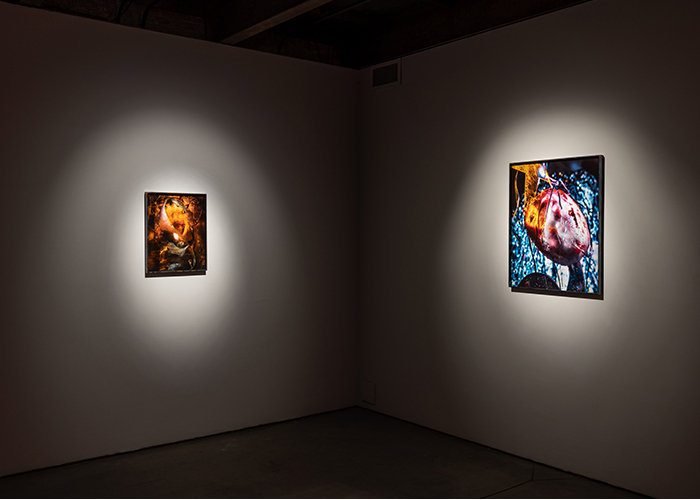
3 ⁄8
Diane Severin Nguyen: IF REVOLUTION IS A SICKNESS, installation view, SculptureCenter, New York, 2021. Photo: Charles Benton.
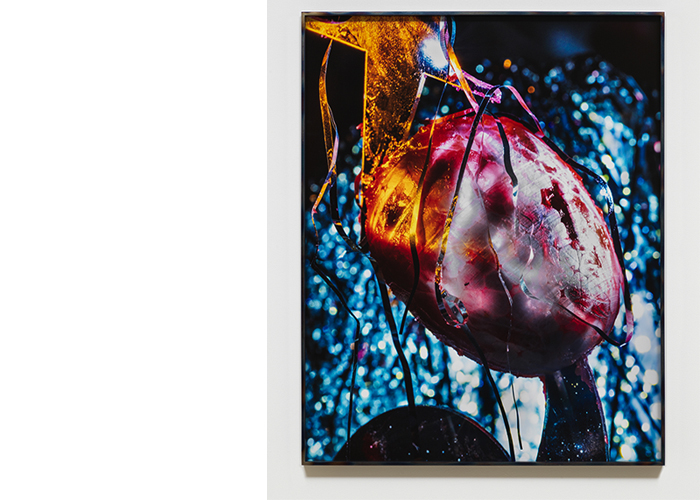
4 ⁄8
Diane Severin Nguyen, Kill This Love, 2021. LightJet C-print, steel frame. 30 x 24 inches (76.20 x 60.96 cm). Collection of J. Patrick Collins. Image courtesy the artist and Bureau, New York. Photo: Dario Lasagni.

5 ⁄8
Diane Severin Nguyen, IF REVOLUTION IS A SICKNESS (video still), 2021. 4K video with sound. 18:53 minutes. Courtesy the artist and Bureau, New York.

6 ⁄8
Diane Severin Nguyen, IF REVOLUTION IS A SICKNESS (video still), 2021. 4K video with sound. 18:53 minutes. Courtesy the artist and Bureau, New York.
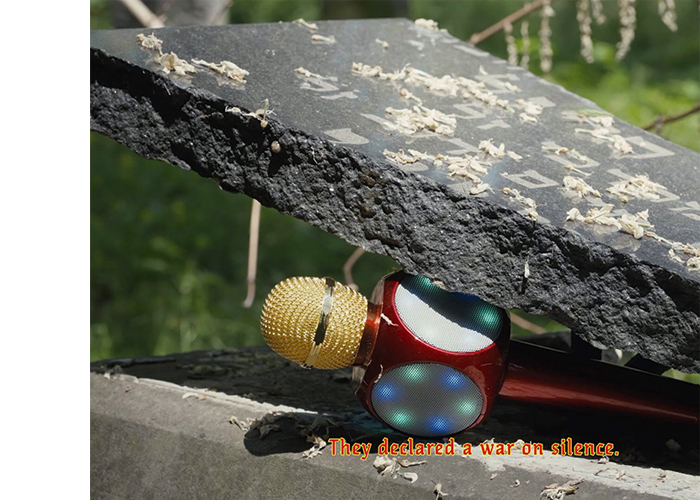
7 ⁄8
Diane Severin Nguyen, IF REVOLUTION IS A SICKNESS (video still), 2021. 4K video with sound. 18:53 minutes. Courtesy the artist and Bureau, New York.
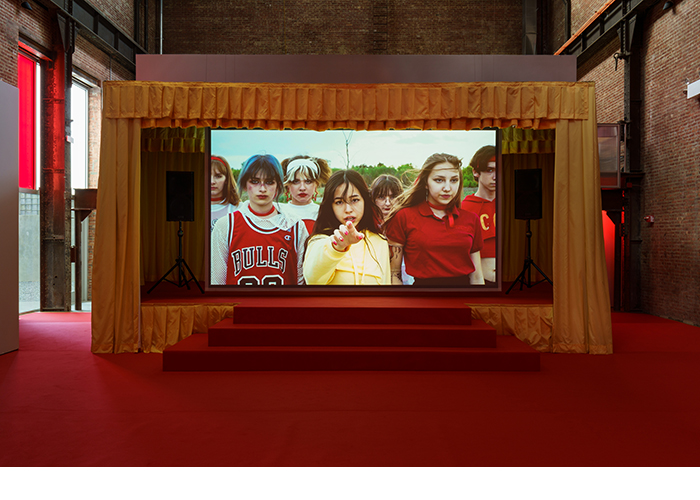
8 ⁄8
Diane Severin Nguyen: IF REVOLUTION IS A SICKNESS, installation view, SculptureCenter, New York, 2021. Photo: Charles Benton.
“I was observing a real-world phenomenon and bringing it into a psychological and visual space,” Nguyen said as spoke about the video. “I started to feel a connection with them over time, and for these Polish teens, it’s all this effort going into a dance from a space they might never visit.”
In Poland, there’s an intense subculture surrounding Korean pop, idols, and more.
In 2016, K-pop gained explosive popularity in Poland, with the Korean Cultural Center Poland launching a radio program—Teraz Kpop—dedicated in full to the genre. Over the past few years, the subculture has grown into a community of dedicated young people recreating performances by their favorite groups on TikTok.
“There’s a desire to form a cohesive image in these groups who recreate k-pop dancing,” she stated. “Through my research, I realized that K-pop is more popular in countries with a communist background.”
Nguyen shared that in North Korea, groups spend years training to work as a collective in a mass dance. “K-pop is an interesting flip side to that,” she mused. “It maintains this collective identity of photographic breakdown, with the assumption that they’ll show up on TikTok.”
The breakdown between the two bridges back to a dichotomy in the origins of photography: documentation vs propaganda. Nguyen’s interest lies, in part, in how ideology divides bodies.
“Among these communities, the trauma of war intermingled with a culture clash,” she explained, stating that North and South Vietnamese communities still have separations even as residents in a new country.
Through her video work, Nguyen explores the ties between all these countries, a shared history of separation, revolution, and bloodshed.
“Art has the power to destabilize the way you think about something,” she said, explaining that it’s less about learning something specific than it is about gaining visual or emotional clarity of ideas.
“I want there to be multiple interpretations [of the exhibition],” she continued, “but something I love about K-pop is that there’s this writerly beauty to something harsh.”
—MICHAEL McFADDEN

